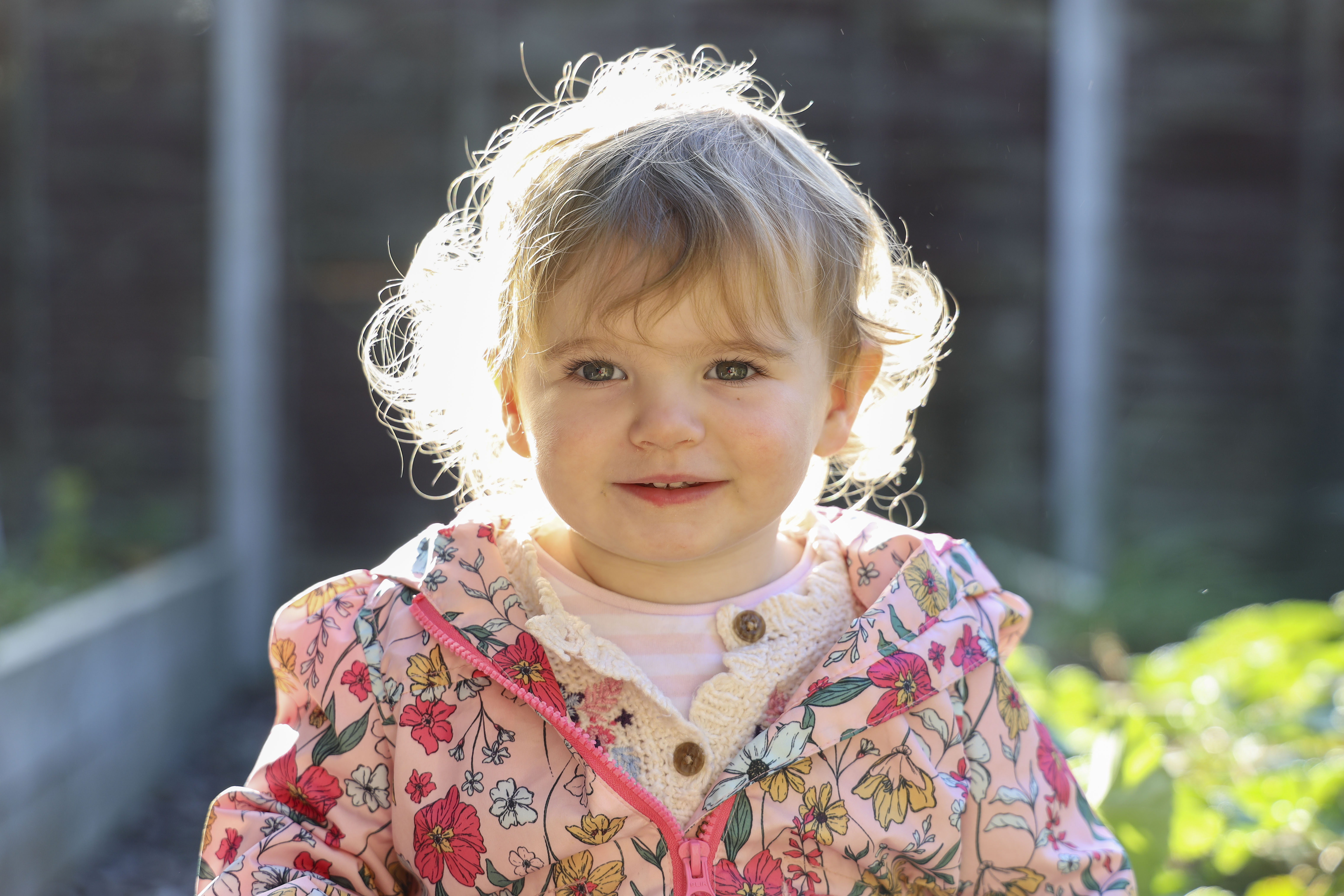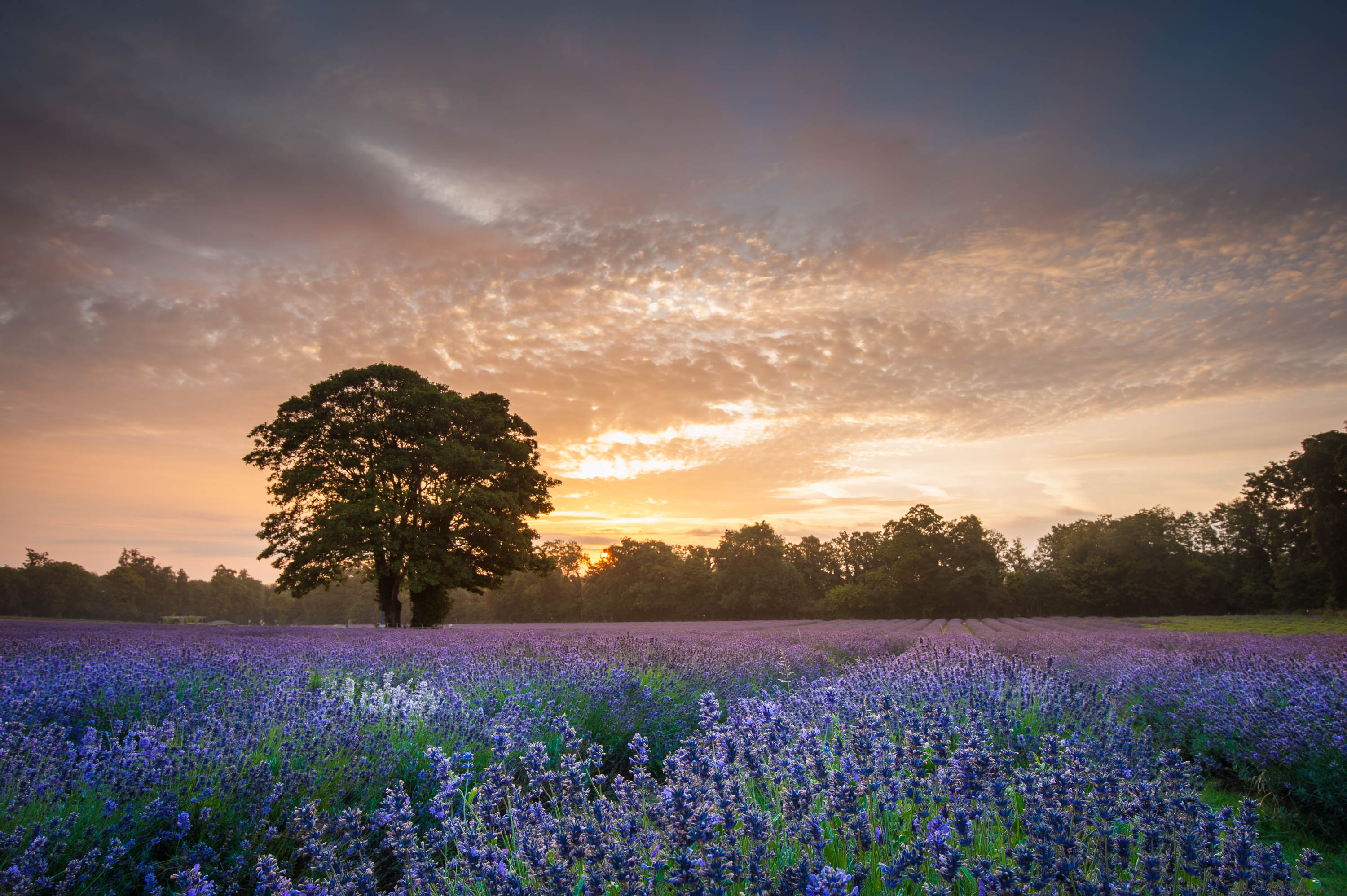First Camera Crash Course Lesson 7: Avoid the common composition mistakes
The best way to approach how you compose your shots is to think about what you're trying to communicate to people about the scene or subject you're shooting.
Don't just take a 'record' of whatever's in front of you, think about what's the most interesting part of the scene to focus on, zooming in or out if necessary.
A classic compositional mistake, when taking portraits, is to try and get the whole scene and the person in shot. The result is a terrible 'tourist' photo that leaves the person too small and insignificant in the frame.
Better to take a wide shot of the scene, and then a tighter shot focusing on your subject. Also use depth of field to convey what's important to show - or a shallow depth of field to blur parts of the scene, such as the background behind subjects, to keep the focus on them.

- A long focal length of 70mm decreases the angle of view, so there are fewer distractions in the surrounding scene
- Longer focal lengths also further decrease DoF to completely blur backgrounds, making your subject stand out
- Our subject's in the center of the frame, but don't be afraid to place your subject off-centre to create an artistic balance to the shot
- Get low down to be at your subject's eye level

First Camera Crash Course Lesson 8: landscape or portrait format
Another important consideration is at what angle you take the picture and whether that's horizontal or vertical.
Vertical / portrait format

- Place the horizon either a third of the way up or a third of the way down the frame for a dynamic composition
- Use leading lines (whether natural or man-made) to draw the eye in and towards your focal point - the mountains in this shot
Horizontal / landscape format

- Remember to create a relationship between foreground elements and focal points further away on the horizon
- Getting down low will help prevent too much empty middle ground spoiling your shot

First Camera Crash Course Lesson 9: Using the Rule of Thirds
Try to avoid simply placing your subject slap-bang in the middle of your frame. By placing the focal point of your scene off-centre, along imaginary lines roughly one-third and two-thirds into the frame, you'll create a much more balanced and pleasing composition.

- By moving the horizon down so it is not dead centre creates a more dynamic composition
- Don't be afraid to include more sky than land (or water) in your shot - particularly if the sky looks colorful
- Notice the tree in this shot is also off-centre, delivering a more balanced image

READ MORE:
Get daily insight, inspiration and deals in your inbox
Sign up for breaking news, reviews, opinion, top tech deals, and more.
Current page: Avoid the common composition mistakes
Prev Page Focusing and choosing your AF pointsPhil Hall is an experienced writer and editor having worked on some of the largest photography magazines in the UK, and now edit the photography channel of TechRadar, the UK's biggest tech website and one of the largest in the world. He has also worked on numerous commercial projects, including working with manufacturers like Nikon and Fujifilm on bespoke printed and online camera guides, as well as writing technique blogs and copy for the John Lewis Technology guide.
